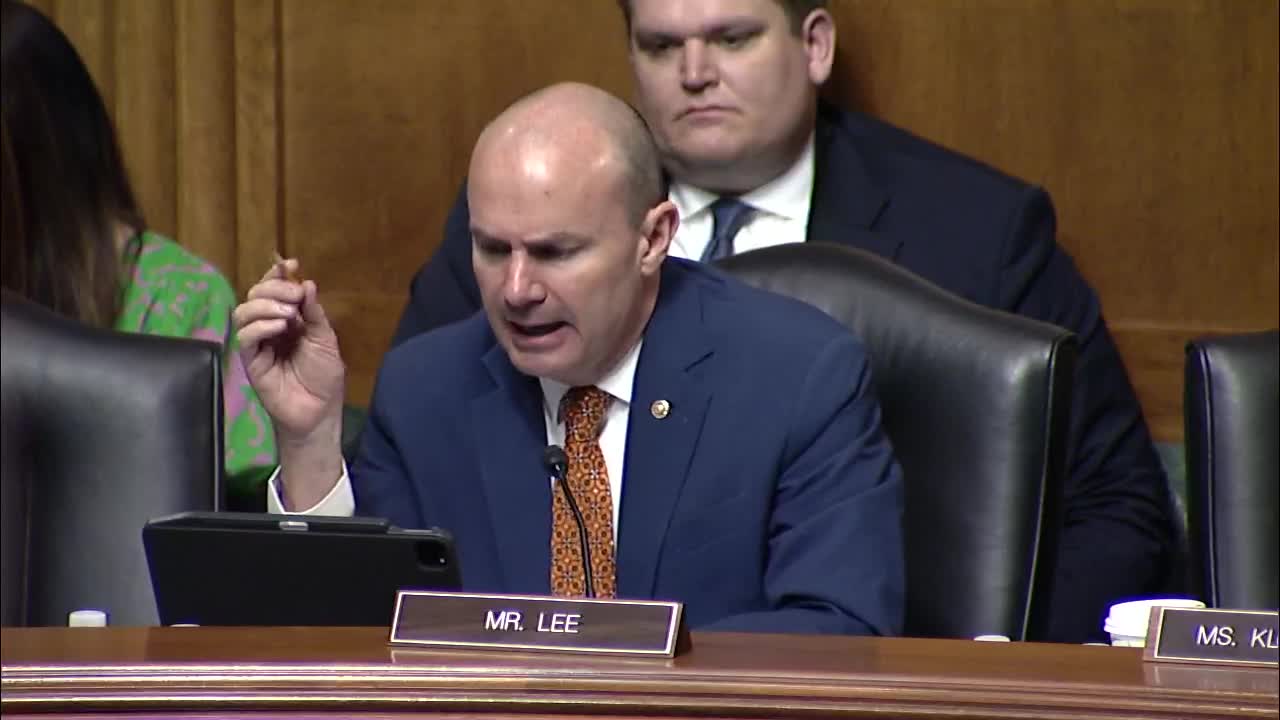Government's money printing erodes your purchasing power
June 05, 2024 | Judiciary: Senate Committee, Standing Committees - House & Senate, Congressional Hearings Compilation

This article was created by AI summarizing key points discussed. AI makes mistakes, so for full details and context, please refer to the video of the full meeting. Please report any errors so we can fix them. Report an error »

In a recent government meeting, officials discussed the significant decline in the purchasing power of the dollar over recent decades, attributing this trend to extensive government spending and money printing. One speaker highlighted that the government has created approximately $35 trillion worth of bonds and printed around $8 trillion in new dollars in just over a decade. This influx of money has led to a devaluation of existing dollars, impacting the purchasing power of citizens' savings and earnings.
The speaker emphasized that while individuals may see increases in their paychecks, the real value of that money is diminishing, effectively siphoning purchasing power away from the public. This situation creates a disparity where government spending and subsidies benefit certain groups at the expense of the average worker.
Additionally, the meeting addressed the rising federal net interest costs, which have now surpassed defense spending and are projected to become the largest contributor to new deficits in the coming generation. This financial trajectory raises concerns about the long-term economic implications for the country and its citizens.
The speaker emphasized that while individuals may see increases in their paychecks, the real value of that money is diminishing, effectively siphoning purchasing power away from the public. This situation creates a disparity where government spending and subsidies benefit certain groups at the expense of the average worker.
Additionally, the meeting addressed the rising federal net interest costs, which have now surpassed defense spending and are projected to become the largest contributor to new deficits in the coming generation. This financial trajectory raises concerns about the long-term economic implications for the country and its citizens.
View full meeting
This article is based on a recent meeting—watch the full video and explore the complete transcript for deeper insights into the discussion.
View full meeting